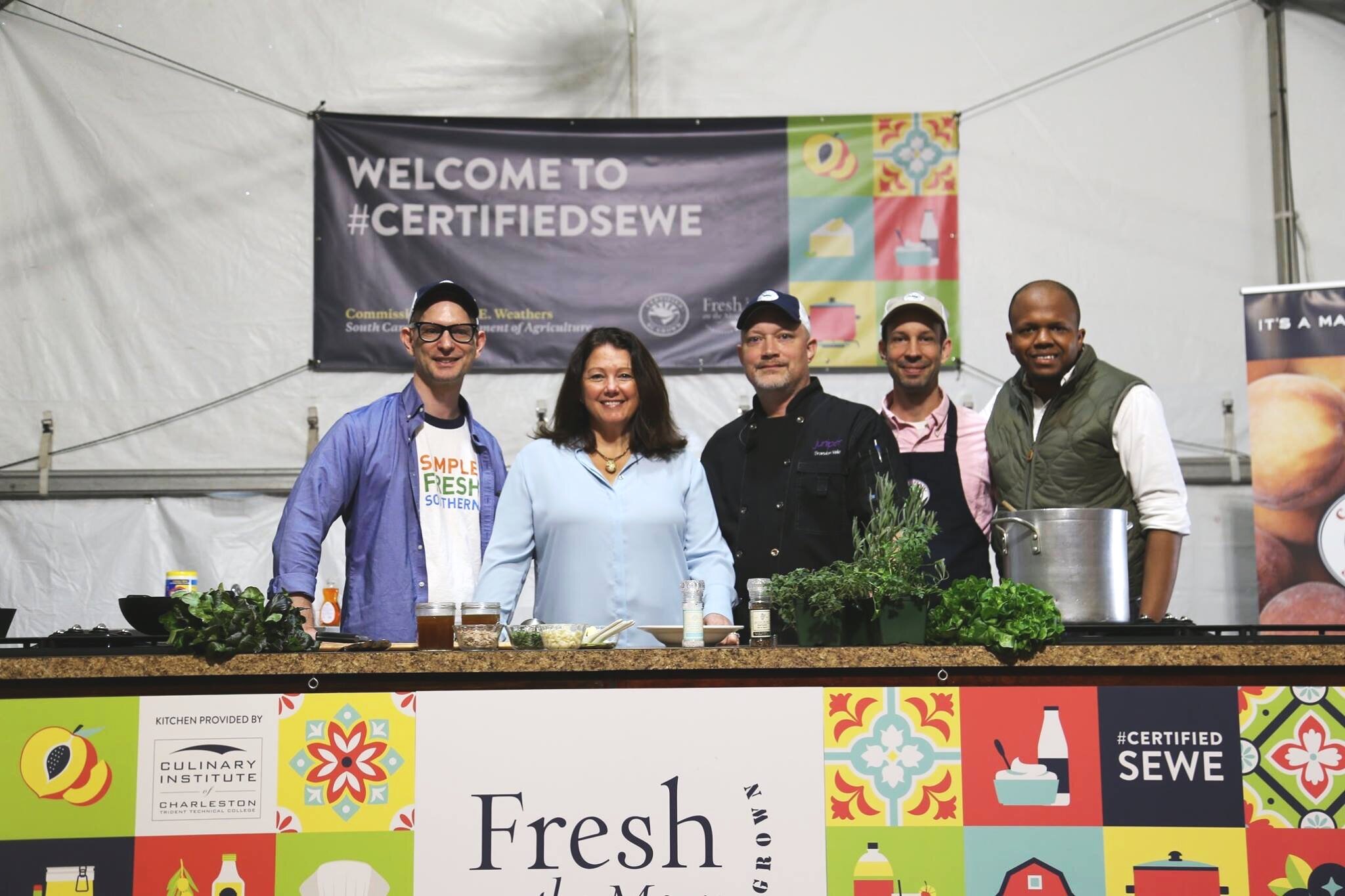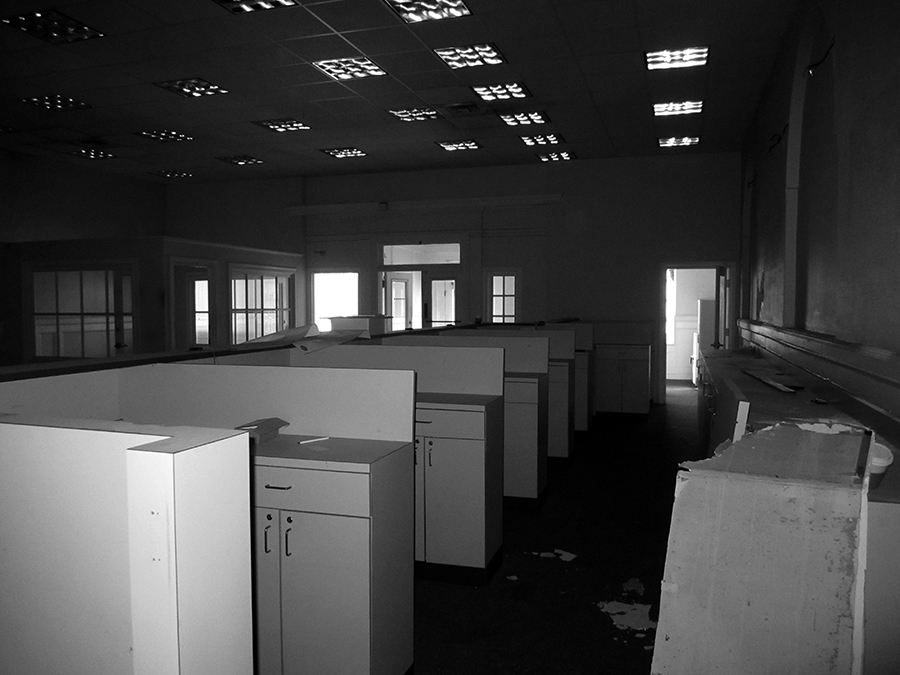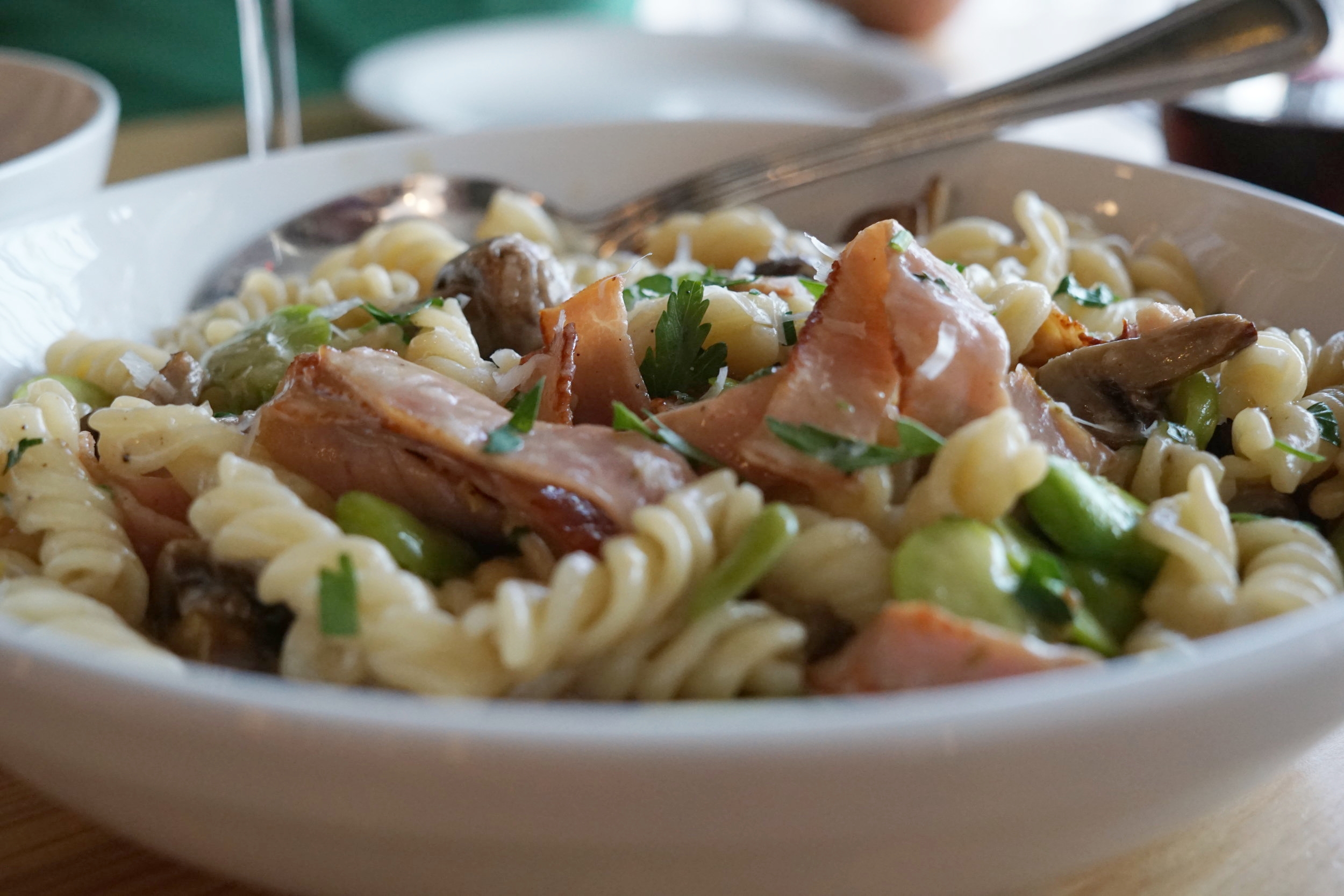How It All Began
David Thompson knew at an early age that he wanted to pursue architecture as a career (in 1st grade to be specific). It all started when a famous playground designer came to his school in Northern Virginia to create a new playground at a time where there was a movement in the industry. “It was a revolution in playground design where they were going from the really minimalist, awesome metal playgrounds of our grandparents time to really elaborate maze-like wooden structures,” said David. The designer selected a representative from each grade to help design the playground, and David was the one chosen to represent his first-grade class. Although elements of architecture were in his genes (his father was a land developer along with a grandfather who was a house framer), this moment was what lead him to the career he has today.
Upon arriving to Charleston in 1999, David worked mostly on development related projects like office buildings and strip malls, which didn’t appeal as much to him. In his next job, David primarily designed elementary schools in the Lowcountry (including Mary Ford, Malcolm C. Hursey, and the Early Childhood Development Center). Although this was a more rewarding experience, it was after he joined Reggie Gibson Architects when restaurants became part of his focus.
What Makes Restaurant Design Unique
“Well, the interesting thing about restaurants is that for such a small project they are really complicated. In some ways building a new building from the ground up is simpler than designing a restaurant. Restaurants are kind of the perfect storm between residential design and commercial design. So you have all this attention to detail, craftsmanship and interior design that's much more like residential design, but in a commercial application.“
Even if designing a restaurant feels more like a residential project at times, the process is much faster. While custom residential projects can take years, the average restaurant for David Thompson Architect takes only 12-14 months - from design to opening. “It’s really fast and intense, which is fun but stressful.”
Outside of the speed and intensity, there’s also a level of care and investment in restaurant design that’s not normally seen in commercial projects. During the process, an intense relationship is formed between the architect and the restaurant owner and operator. “One of the reasons the process its so rich is because it means so much to them.”














